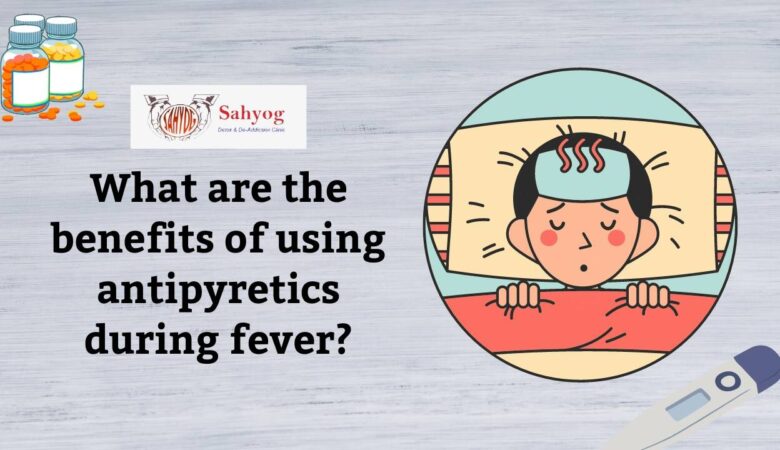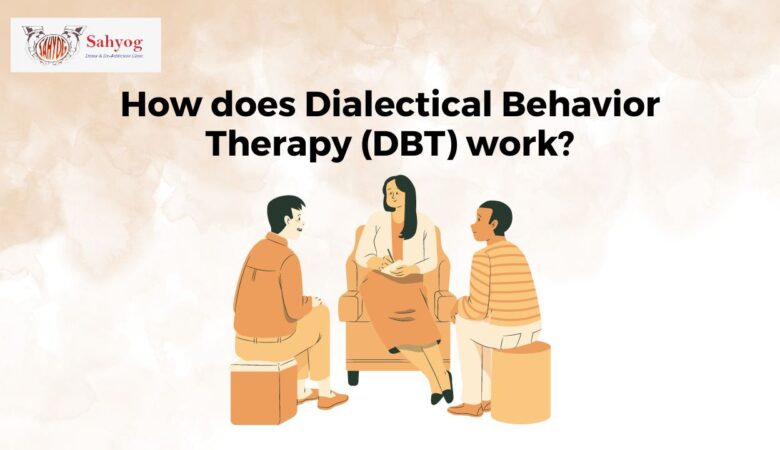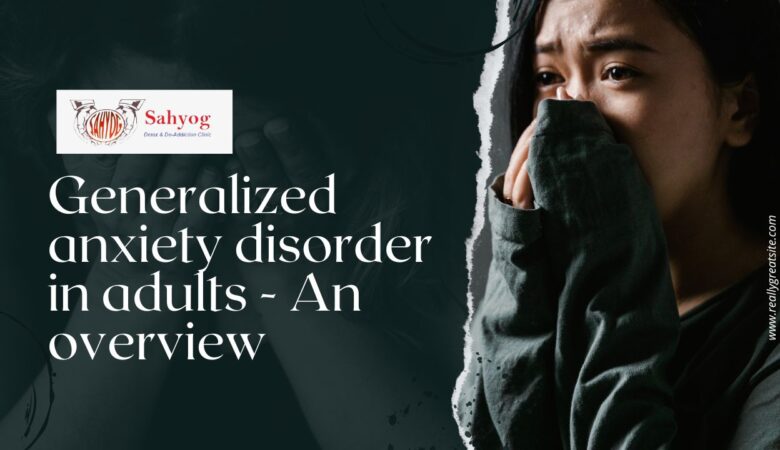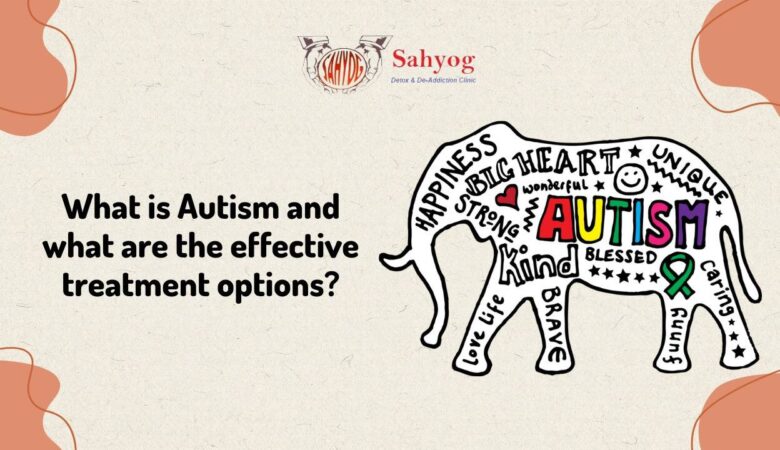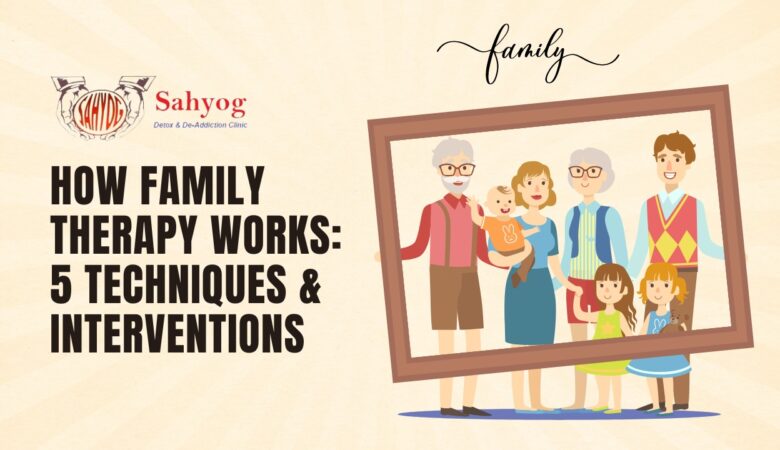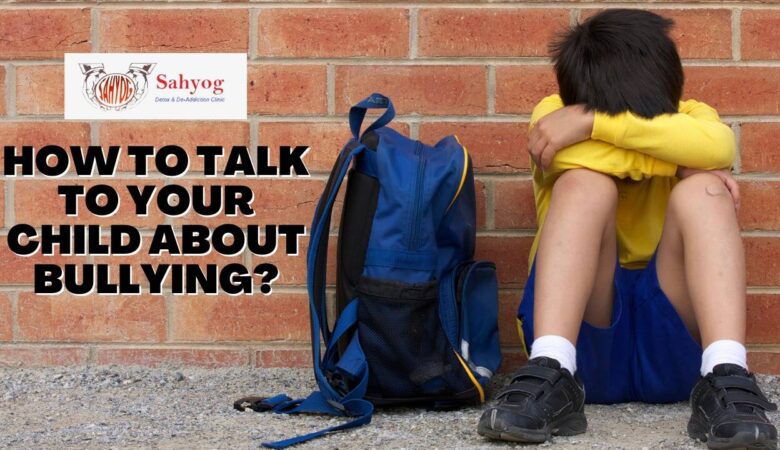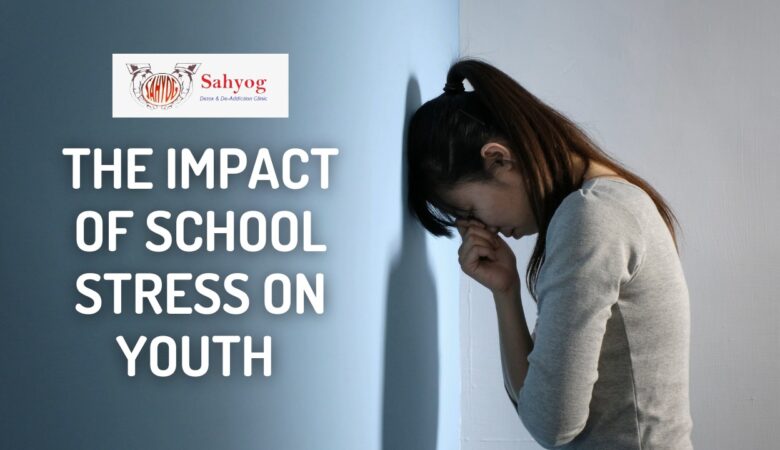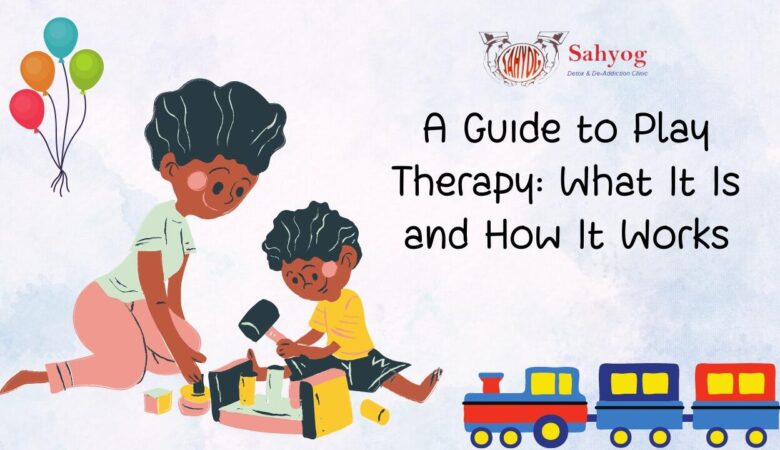What are the Benefits of using Antipyretics during fever?
Introduction Fever is one of the most common illnesses that people experience. It can be caused by a range of different factors, including viruses and bacterial infections. While a fever can help the body fight off these infections, it can also be dangerous if not monitored and managed properly. Antipyretics are medications used to reduce fever in both adults and children. In this blog post, we will explore the various benefits of using antipyretics during a fever, as well as how to determine when it may be necessary to seek medical attention. What are Antipyretics? Antipyretics are medications that help to reduce body temperature and can make a person feel more comfortable. There are many benefits to using antipyretic medicine, or fever-reducing medications, during a fever. These also help in reducing inflammation and swelling. In some cases, antipyretics can help to shorten the duration of a fever. Common antipyretic medi include acetaminophen, ibuprofen, and aspirin. These medications can be found over the counter and in prescription forms, depending on the severity of a person’s fever. It is important to talk to a doctor before taking any antipyretic, as they can interact with other medications and have adverse side effects in some people. How do Antipyretics work? There are a few different mechanisms that antipyretics use to lower body temperature. One mechanism is through the inhibition of prostaglandin synthesis, or in simple words, by inhibiting the production of prostaglandins. Prostaglandins are signalling molecules that are released from cells when inflammation occurs. These are involved in the regulation of body temperature, and when they are inhibited, the body’s natural ability to regulate its temperature is reduced. When these molecules are inhibited, the body does not perceive an increase in temperature and thus does not produce a fever response. Another mechanism is by activating opioid receptors, which increase blood flow to the skin and decrease peripheral vascular resistance. This helps to dissipate heat more quickly and reduce body temperature. Finally, some antipyretics also have antioxidant effects. These molecules can help protect cells from damage caused by free radicals and can also reduce inflammation in the body. Other antipyretic medications also work by reducing metabolic rate, which helps lower the core temperature of the body. While this can be beneficial in reducing fever, it can also cause fatigue and other side effects. Other mechanisms include vasodilation and sweating. Benefits of using Antipyretics During Fever There are many benefits to using antipyretic medicines during fever. Some of these are mentioned below: Help in reducing the body temperature: Antipyretics can help to reduce the body temperature, which can help to reduce the severity of the fever. Helps relieve fever symptoms: Additionally, antipyretics can help to relieve some of the symptoms associated with fever, such as headaches and muscle aches. Help prevent dehydration: Antipyretics can help to prevent dehydration by helping to keep the body hydrated. Help in improving a person’s overall well-being: Antipyretics can help to improve overall well-being by helping to reduce stress and anxiety levels. Help reduces long-term complications: Antipyretics can help to reduce the risk of certain long-term health complications that can arise from fever, such as seizures or brain damage. Help prevent more serious illnesses: In some cases, antipyretics can help to prevent more serious illnesses from developing, such as bacterial or viral infections. Help to reduce the risk of febrile seizures: Antipyretics can help to reduce the risk of febrile seizures in young children. Help to make fever more manageable: Antipyretics can help to make the fever more manageable and make it easier for a person to cope with the symptoms of a fever. Help to reduce hospital admissions: Antipyretics can help to reduce the risk of hospital admissions, as they can make it easier for a person to cope with the fever and its symptoms at home. Help to reduce the amount of time a person is ill: Antipyretics can help to reduce the amount of time a person is ill, as these help in reducing the severity and duration of the fever. Hence, in all these ways, antipyretics prove to be beneficial during fever. Risks and Side Effects associated with Antipyretic Use The most common side effects associated with antipyretic use are gastrointestinal distress, dizziness, and rashes. However, more serious side effects have been reported with the use of some antipyretics, including liver damage and kidney failure. Antipyretics can also interact with other medications, including nonsteroidal anti-inflammatory drugs (NSAIDs) and antibiotics. The combination of these medications may increase the risk of bleeding and stomach ulcers. Finally, the use of antipyretics can mask the symptoms of more serious illnesses, such as meningitis. Therefore, it is important to seek medical advice if the fever persists despite taking an antipyretic or if other symptoms develop. Patients should always talk to their doctor before taking any antipyretic to ensure that it is safe for them to use. If you experience any severe side effects after taking an antipyretic, stop taking the medication and seek medical attention immediately. When to use Antipyretics? There are several situations when it may be beneficial to use antipyretics during a fever. If the fever is causing discomfort or interfering with daily activities, antipyretics can help reduce the fever and make the person more comfortable. It can also be used to prevent fevers from occurring in the first place. For example, some people take antipyretic medication before getting a flu vaccine to help prevent fever from developing. It’s important to note that antipyretics should not be used in place of other treatments or therapies for a fever. It is always best to speak with your healthcare provider when dealing with a fever, as they can recommend the best course of treatment for your situation. Antipyretics should be used with caution, as overuse can lead to serious side effects. It is important to follow the healthcare provider’s instructions regarding dosage and frequency of use. It is also important to note that antipyretics will not cure the underlying illness causing the
